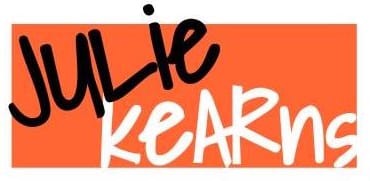Legacy Content: Ethical Entrepreneuring
First, a primer on climate change, via Our World In Data
And then, this is what the @IPCC_CH means when they say we have 12 years to limit climate change. (per @kevpluck at Pixel Movers & Makers)

What’s a Representative Concentration Pathway?
How does RCP translate into warming increases or sea level rise? (to convert ºC to ºF, multiply by 1.8)

AR5 Global Warming Increase (ºC) Projections
and AR5 Global Mean Sea Level (m) Increase projections
Within this data-based framework, the following rules apply:
Design thinking with carbon as a constraint = the future.
Designing new gimmicks to make a quick buck at risk to civilization = unethical.
Designing products that aren’t legitimately low-carbon and that don’t actively engage in solving the CO2-e problem while representing your product as part of the solution = making things worse.
Representing your product as ‘zero carbon’ because you plant a seedling for each product sold = disingenuous, deceptive, and out of step with the reality of the climate crisis.
Designing systems and solutions that legitimately reduce CO2-e = powerful.
Investing in the development of systems & solutions that legitimately reduce CO2-e = crucial– even if they don’t reap immediate financial rewards.
—
New ideas that are CO2-emissions contingent or require unfettered access to raw materials do not have lasting value. Think big, thing strategic, design within current and emerging constraints.
Now: you want to launch a new company in the Anthropocene. Great! Here’s a sequence.
Identify a massive problem.
Envision what good looks like, and what you could do to bring the problem closer to good.
Approach your idea as an opportunity to be helpful to others.
Develop solutions that make it easier for others to engage in solving the problem.
Think big. Could this idea scale? How many people could it help? Is it worth going national? Global? Begin with the end in mind.
Is anyone else doing it? Is it difficult? Do you see a path forward? Continue.
Solve for doubt or objections to the solution you’ve identified. Use data. Use logic. Consider human behaviors and norms.
Expect resistance to new ideas.
Engage with humility. Assume you may be wrong. Go back and do your research. Respond with pragmatism.
Be willing to modify the plan based on new information.
Entrepreneurship is inherently iterative. Expect copycats. Keep moving, improving to move the Overton Window on what’s possible.
